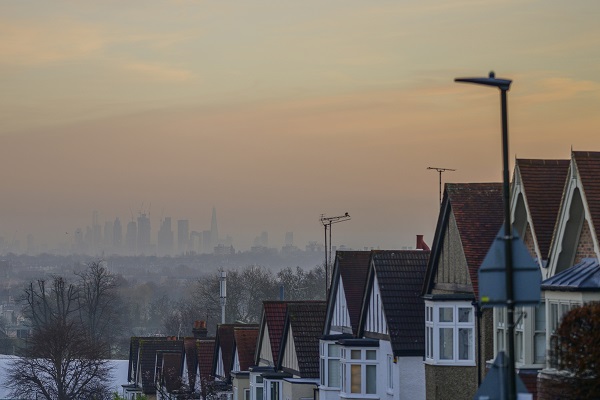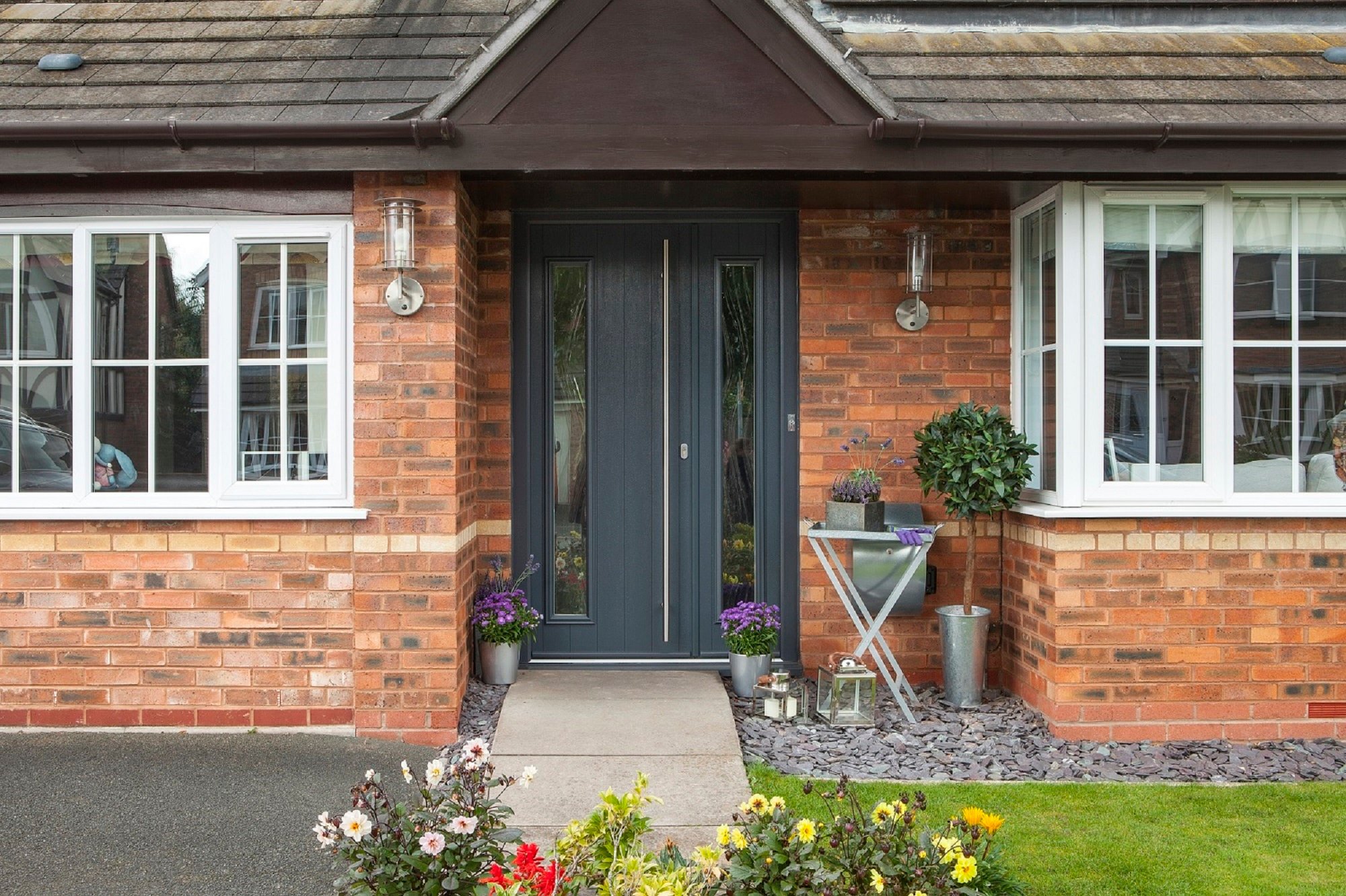Research from estate and lettings agent, Barrows and Forrester, has revealed how much it could set you back to prepare your home for the end of the world, as the Doomsday Clock shows that we’re closer than ever to catastrophe.
Last week it was reported that Einstein’s Doomsday Clock is now set at 90 seconds to midnight, with rising nuclear threats and a declining economic climate cited as the driving factors.
The symbolic clock was designed by Albert Einstein 76 years ago and is used by scientists to measure how close the world is to total catastrophe, with midnight marking the potential end of the world.
Coincidentally, this news comes following the launch of The Last of Us, the TV adaptation of the popular video game franchise set in a post-apocalyptic United States.
With the end potentially nigh, Barrows and Forrester has looked at the cost of upgrading your home to help protect it (and you) in the event of an apocalypse.
CCTV
It won’t do much to deter any unwelcome visitors itself, but installing CCTV will at least let you know they’re at your door. Basic wi-fi app-based systems can be purchased for between £50-£100 but, as money will probably be useless in a post-apocalyptic world, it’s best to opt for a premium system that comes in at £1,000 an upward.
Security Gates
The first line of defence, you probably won’t want to operate a manual security gate which costs around £300, so an automatic security gate is recommended albeit at a cost of around £5,000.
Barbed-Wire Fencing
A security gate isn’t much use unless you bolster the rest of your perimeter, which can be done fairly affordably with barbed-wire fencing. Barbed-wire costs £45 for around 200m, while additional fence panels are £40 per panel.
Bullet-Proof Windows & High Security Locks
Should your perimeter be breached, bullet proof glass can add an additional layer of security and comes in at a cost of £100 per sq ft, providing a hard to breach barrier for zombies and protection from any gun wielding raiders.
High security locks will also help keep your home safe, costing upward of £70 with a locksmith costing between £40 to £80 for a callout.
Armoured Car
When it comes to venturing out of the house, you may want to invest in a new set of wheels. One of the most popular armoured vehicles in the current market is the HIZIR Armoured Combat Vehicle, but at just shy of £500,000, it’s certainly not cheap.
Water Collection
That’s the security sorted, but it’s wise to invest in your home’s infrastructure to make it more sustainable. A simple rainwater butt will set you back just £50 but a full harvesting system is a tad more expensive at £200,000 to £300,000.
Solar Panels
While they might not be a popular way to power the home due to their high cost in today’s world, solar panels can provide energy once the power grid collapses and the blazing sun of the apocalypse starts to shine. An Advanced system will cost you upwards of £8,000 though.
Sustainable Food Source
As a nation, more and more of us are growing our own fruit and vegetables, which could come in handy in the event of an apocalypse. A 10×10 ft, polytunnel will cost you £575, while upgrading to a glass structure greenhouse costs between £2,000 to £5,000.
Food Storage
Once you’ve grown your own food, you’ll need somewhere to store it. A basic storage room extension of 35 sq ft will set you back £7,150, but if you want to keep fruit and veg fresh, you may need to go underground..
Underground Bunker
The premium apocalyptic addition to your home is undoubtedly an underground bunker, providing maximum security, as well as a cool dry place to store fresh food and water.
A cosy shelter of 300 sq ft will cost almost £46,000 though, so it’s one of the more expensive modifications you can make to your home.
Managing Director of Barrows and Forrester, James Forrester said, “It’s all been a bit doom and gloom of late, with the economic woes of the nation really the least of our worries according to the timekeeper of the Doomsday Clock.
When considering a home improvement, the usual advice to homeowners would be to consider the cost of the work versus the added value it will bring. In this instance, it’s probably best to invest in the best and spare no cost, as cutting corners in a post-apocalyptic property market is ill-advised.
The good news is that many of us are already adapting our way of life when it comes to energy efficiency, as well as growing our own food, and in doing so we’ve given ourselves some chance of survival should Judgement Day come. ”






Leave a Comment